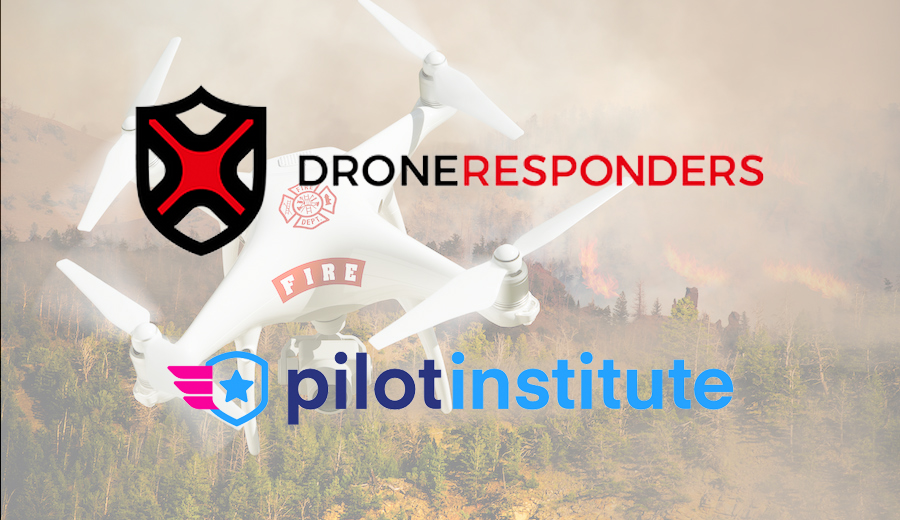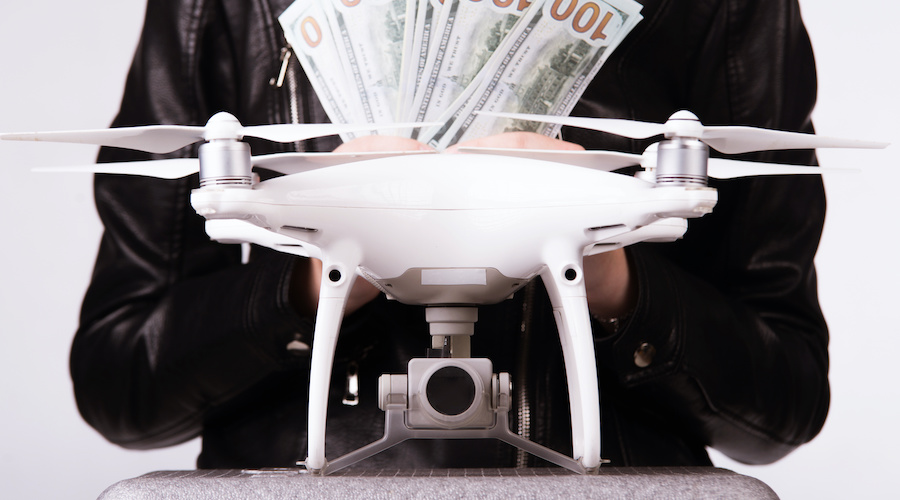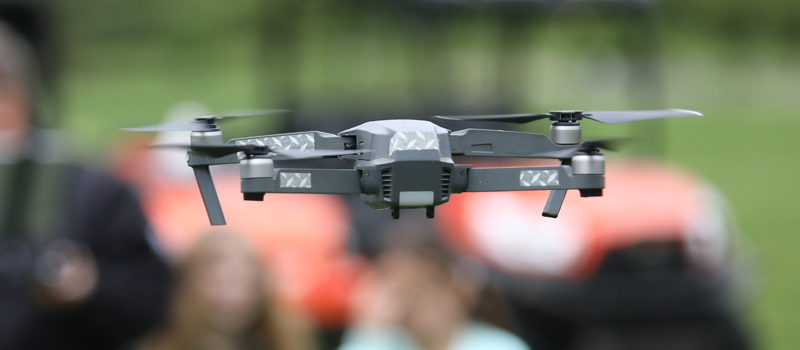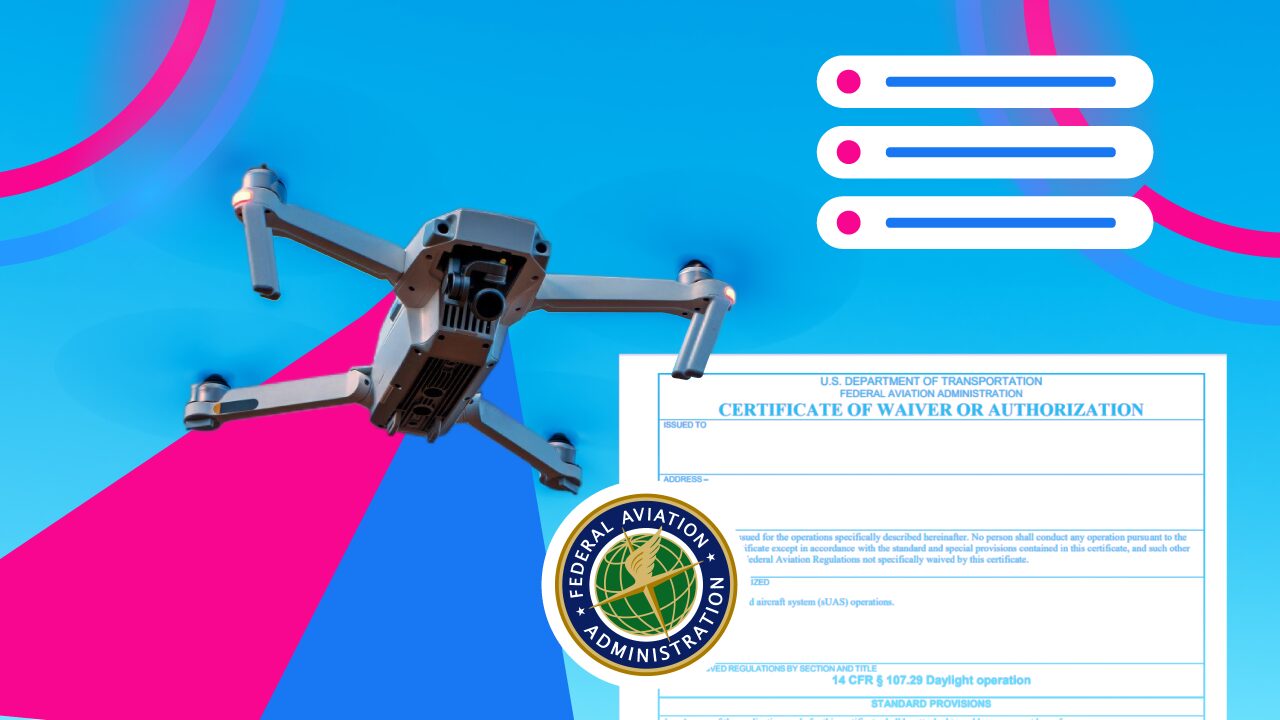-
What is the FAA COA?
-
Part 107 and Public Safety COA Course
-
Types of COAs
-
1. Blanket COA
- 2. Jurisdictional COA
- 3. Emergency COA
-
Benefits of getting an FAA COA
- 1. More autonomy
- 2. Self-certification
-
Disadvantages of getting an FAA COA
- 1. Limited to selected organizations
- 2. Longer review and approval process
- 3. Monthly reporting requirements
-
Should you get an FAA COA?
-
DON’T get an FAA COA if…
- 1. You’re not a public entity
- 2. You can get by with the standard Part 107 restrictions
-
DO get an FAA COA if…
- 1. You need to fly regularly outside Part 107 restrictions
- 2. You plan to apply for self-certification
-
Final thoughts
At this point, almost all drone pilots in the US have probably heard of the Part 107. Implemented in 2016, Part 107 was the product of FAA’s drive to impose a legal framework for commercial drone operations and streamline the certification process.
What many drone pilots know is that there was an alternative that existed before Part 107 – the Certificate of Authorization (COA). In fact, you can still apply for an FAA COA even until today. What is the COA and how is it different from a Part 107 certification? Is there a benefit of choosing one over the other?
Pilot Institute has a free COA roadmap course. Learn how to get your own Certificate of Authorization from the FAA.
What is the FAA COA?
Before Part 107 was put in place, those who wished to fly drones commercially were allowed to do under two types of authorizations – a Section 333 exemption or an FAA Certificate of Authorization (COA). A Certificate of Authorization is a document granted to an operator or organization for a specific type of drone activity.
Despite the ease with which drone pilots can apply for a Part 107 remote pilot certificate, some drone pilots and organizations still prefer to get an FAA COA.
What makes the FAA COA so special? For one, a COA gives a greater degree of autonomy to the drone operator. An operator or organization with a COA may be able to fly a drone under conditions that would have otherwise been restricted even with a Part 107 drone license. However, these are still subject to the terms outlined in the specific COA that has been granted.
However, it must be stressed that COAs are not granted to just any drone operator or organization. The COA is typically reserved for government agencies, especially those that are geared towards public safety. However, COAs can also be granted to public schools and local municipalities for purposes of training, education, or to help in their day-to-day operations.
The FAA has made the process of applying for a COA easier through the UAS COA Online System.

Part 107 and Public Safety COA Course
DRONERESPONDERS, the world’s largest non-profit dedicated to helping public safety drone users and Pilot Institute have partnered to offer the industry’s most comprehensive training.
This first module focuses on passing the FAA’s Part 107 exam and it comes with 15 hours of videos, a cheatsheet, flashcard app, and much more. The second module will dive into Certificate of Authorizations (COAs) and provide you with a roadmap to follow to get your department setup.
Types of COAs
There are three major types of COAs that the FAA and Air Traffic Organization grants with varying degrees of autonomy:
1. Blanket COA
A Blanket COA is the type of COA that provides the biggest degree of freedom. With a Blanket COA, a drone operator can fly across different regions of airspace and are not bounded by jurisdictions or locations. However, drone flight still needs to be restricted to visual line-of-sight and flight within 5 miles of an airport will still require prior airspace authorization.
2. Jurisdictional COA
As the name implies, a Jurisdictional COA is a COA that is location-bound. It generally provides a greater degree of autonomy as long as drone operations are restricted within the jurisdiction for which the COA has been granted. However, an operator who has been granted a Jurisdictional COA still has to fly within visual line-of-sight restrictions but may be able to fly a drone at night, within restricted airspace, or over 400 feet AGL.
Under usual circumstances, a drone operator or organization will need to have been granted a prior Blanket COA before they can apply for a Jurisdictional COA. However, exceptions to this rule are not unheard of.
3. Emergency COA
Emergency COAs are granted to emergency service groups or local government units who have to use drones to respond to an emergency. Although an Emergency COA is typically granted only to groups who have already secured a Blanket or Jurisdiction COA, the provision is offered for privileges that are not covered by other types of COA.
An Emergency COA can only be invoked in the case of an emergency or in situations where there is a very high possibility for loss of life. Because of its very nature, Emergency COAs are requested and issued on short notice. Based on experience, the FAA can respond to an Emergency COA request in three hours or less.
Benefits of getting an FAA COA
1. More autonomy
The greater degree of autonomy that an FAA COA grants is one of the reasons for why it still remains relevant nowadays despite the existence of the Part 107 certification process. Unless Part 107-licensed drone pilots, those who have an FAA COA can fly under conditions that would otherwise have been restricted.
The terms of an FAA COA can vary from one case to another and should be outlined for each of the COAs that the FAA grants. However, it’s not uncommon to encounter COAs that allow for drone flight at night, over people, from moving vehicles, or in restricted airspace. A COA can also be secured for the authorized flight of drones that weigh more than 55 lbs.
This removes the inconvenience and extra work and time needed to fly under these conditions under a Part 107 certification, thus giving organizations more flexibility in the services that they can offer.
2. Self-certification
One of the best things about getting an FAA COA is that it allows organizations to self-certify their drone pilots rather than having to require each of them to go through the Part 107 certification process.
However, the FAA doesn’t just grant the privilege of self-certification to any organization. An organization applying for self-certification will need to provide a detailed training program and certification process for their remote pilots that will ensure that all their pilots will satisfy a specific level of proficiency.
Disadvantages of getting an FAA COA
1. Limited to selected organizations
According to the application page of the UAS COAA Online System, an organization or operator needs to satisfy two conditions to be able to apply for a COA:
- The applicant is a representative of the government or a unit of government of the United States, its territories, or a political subdivision of the government
- The application will be filed for operations that meet the definition of “public aircraft operations” as defined in 14 CFR Part 1.1.
This limits the scope of organizations that can apply for a COA to those that serve the public interest such as law enforcement, fire departments, search and rescue, public schools, and other units of the federal, state, and local government.
2. Longer review and approval process
Even for government units, the application for an FAA COA is considered long and tedious. First, your organization must already have the drones that you intend to use on hand, as the FAA will ask about details such as the equipment specs and registration numbers of these drones.
A huge part of the COA application process has to do with the specific capabilities of the drones that will be used in the proposed operations. These include the presence of anti-collision and landing lights, any airworthiness certificates it has received, its surveillance capabilities, or any data recording functions.
You will also need to a letter from your City, County, or State Attorney’s Office to prove that you are representing a public entity. It is unclear whether it’s a requirement for this letter to be mailed to the FAA directly before you can proceed with the application, especially considering how the FAA has seemingly streamlined the application process with the online portal.
You will then need to provide details about your proposed operations. Aside from a brief description of the operations, you will have to provide any emergency procedures as well as a detailed map of proposed location indicating the presence of nearby areas of restricted or controlled airspace.
You will then need to list down all the licenses, trainings, and medical certificates of your flight crew, which includes the remote pilot and observers. If your organization intends to conduct self-certification of their remote pilots, they will also have to submit a detailed training program and certification standards.
As you can imagine, the review process for a COA application can take much longer than simply applying for a Part 107 remote pilot certificate. According to organizations who have applied for a COA, they had to wait anywhere between 60 to 120 days for approval of their applications.
3. Monthly reporting requirements
Although Part 107-licensed drone pilots also have their own reporting requirements, operators or organizations with an FAA COA bear a bigger burden when it comes to reporting. They will be required to submit a monthly operations report to the FAA regardless of whether they actually conducted any drone operations for the month.
A standard monthly report should include details on the type of operations done, the names of the flight crew, the location of the operations, the total flight hours, and the number of flights done. If the drone suffered any damage or malfunction, this must also be indicated in the report.
This strict reporting requirement could prove to be a lot of work for an organization that flies multiple drone operations per month. There is no such requirement for drone pilots who are licensed under Part 107.
Should you get an FAA COA?
With stricter requirements, a longer approval period, and a significant amount of recurring work, it’s clear that the FAA COA isn’t meant for all drone pilots. The FAA has already recognized this when they came up with the streamlined process for the Part 107 certification which you can complete in less than a month.
That said, there are circumstances that will determine if getting an FAA COA is a good idea or if you’re better off sticking with the Part 107 drone license.
DON’T get an FAA COA if…
1. You’re not a public entity
This should go without saying, but only entities that represent the state, local, or federal governments are allowed to apply for the FAA COA. If you’re a drone operator who is running a business purely for profit, then don’t bother with the FAA COA.
2. You can get by with the standard Part 107 restrictions
Even if you represent a public entity, it would be wise to take stock of the flight conditions you need to be able to do your job. The Part 107 rules may have a long list of flight restrictions, but these haven’t stopped thousands of licensed drone pilots from doing their jobs. If you’re fine with flying a drone during daytime, below 400 feet AGL, and while avoiding crowds, then a Part 107 drone license may be the more practical option.
DO get an FAA COA if…
1. You need to fly regularly outside Part 107 restrictions
While Part 107 allows licensed to drone pilots to apply for waiver when flying outside the normal restrictions, this can be problematic if you routinely need to fly your drone in these conditions. After all, the FAA only grants limited waivers which cannot be reused, even under similar circumstances.
To avoid the recurrent hassle of having to apply for a waiver, it might be better for your organization to apply for an FAA COA. By specifying that you need to conduct drone operations under conditions that are normally restricted, you could receive the authorization to bypass such restrictions permanently.
2. You plan to apply for self-certification
If you’re an organization who plans to employ multiple remote pilots, then it might be a great idea to apply for self-certification under an FAA COA. This allows you to speed up the certification process and gives your organization more flexibility. However, it’s also a huge responsibility and may lead to more liabilities in case a drone-related accident happens during your operations.
There’s also a third option, which is for the organization to apply for the FAA COA and for the individual drone pilots to earn Part 107 certification. Organizations typically do both simultaneously so that their remote pilots can start flying under Part 107 rules while the application for the FAA COA is pending.
In terms of both reliability and flexibility, this third option is the best. As we’ve said, the Part 107 certification process is a lot faster and simpler compared to the application process for an FAA COA. It also makes an organization look more professional if they only allow FAA-licensed drone pilots to conduct drone operations. On the flip side, having an FAA COA also means that they can fly their drones in otherwise restricted conditions without having to apply for a waiver.
Final thoughts
The FAA COA may be an old standard but it still relevant in today’s fast-paced and demanding industry for drone-based services. The autonomy it provides is particularly well-suited to organizations that act as first responders and who respond to emergency situations.
The sustained relevance of the FAA COA does not reduce the value of the current Part 107 standards. Hundreds of thousands of Part 107-licensed drone pilots can attest to that. By creating diverse certification options for different types of drone pilots, the FAA hopes to encourage public and commercial drone use without compromising the safety of the national airspace.



